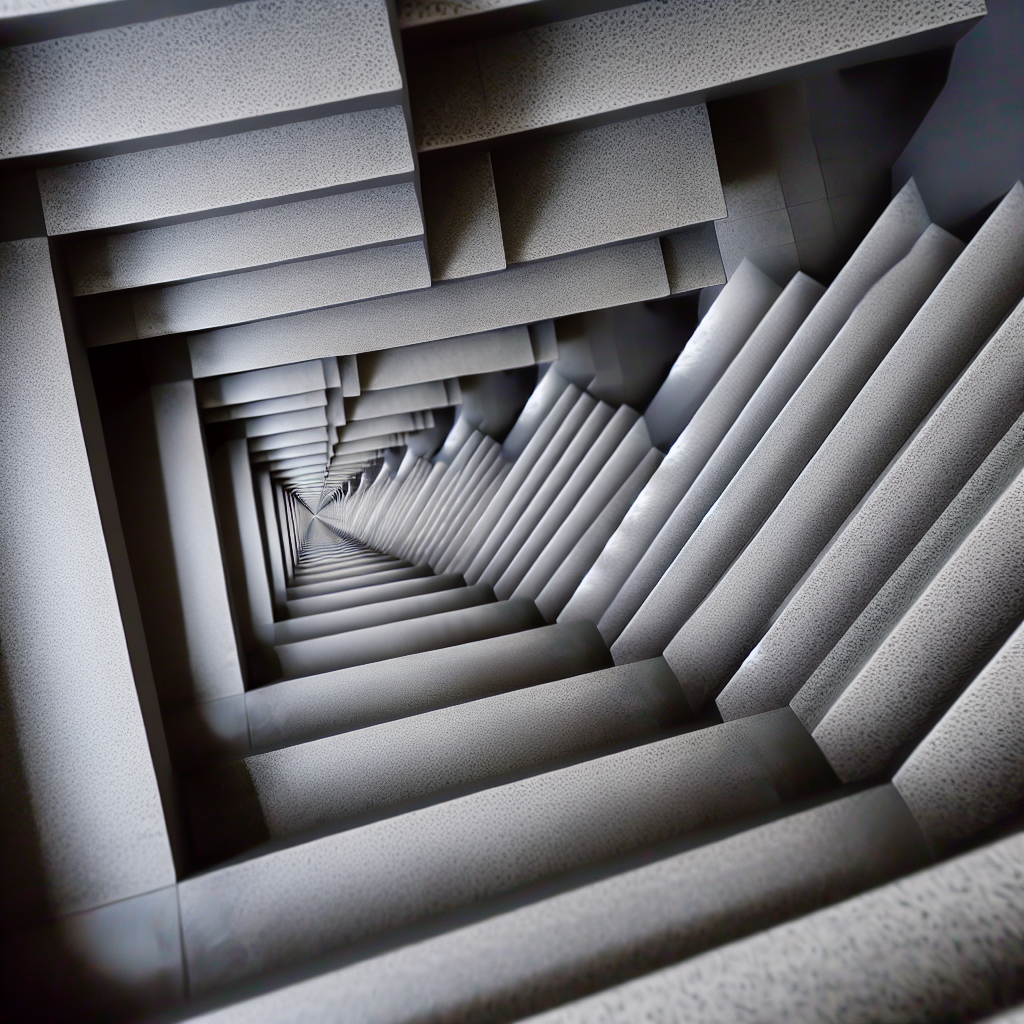Have you ever come across an optical illusion that challenges your perception of reality? The “Infinite Stairs” illusion is a mesmerizing animation meme that makes stairs appear endlessly recursive, leaving viewers puzzled. In this article, we’ll dive into the mechanics behind this captivating illusion and explore what makes it so mind-boggling.
Understanding the Infinite Stairs Illusion: How Does It Work?
The “Infinite Stairs” illusion is a classic example of **visual trickery designed to deceive our brains**. At first glance, viewers see a staircase structure that appears to extend endlessly into a vanishing point, creating the illusion of an infinite staircase.
This illusion is primarily based on **impossible geometry** and **perspective manipulation**. The design uses carefully crafted angles and shading to trick our visual system into perceiving a continuous staircase, even though such a structure cannot physically exist in three-dimensional space. Our brains interpret the image as a three-dimensional scene, but the alignment of the steps and the perspective clues are intentionally misaligned to create a paradoxical effect.
Moreover, **the use of repetitive patterns** reinforces the illusion. The similar appearance of each step diminishes our ability to judge depth properly, making the staircase seem endless. This illusion plays with **hierarchical visual cues**, causing our brains to fill in gaps and interpret 2D images as 3D constructs that defy physical laws.
The Psychology Behind Optical Illusions and Why We Fall for Them
Optical illusions like the “Infinite Stairs” exploit **the limitations of human perception**, illustrating how our brains process visual information based on assumptions of reality. When confronted with conflicting cues—such as inconsistent perspective lines or shading—our brains attempt to resolve the ambiguity by filling in missing information, often leading us to perceive impossible structures.
Understanding this influence helps explain why illusions are so captivating and why they can trigger **a sense of wonder or confusion**. Our perceptual system prioritizes **depth cues and familiarity**, so when these are manipulated or contradicted, our minds try to make sense of the scene based on existing mental models. The “Infinite Stairs” meme taps into this, creating a compelling experience that challenges viewers’ understanding of reality.
This phenomenon shows the importance of **perspective, color, and pattern recognition** in perception. It also highlights the **power of visual design** and how subtle manipulations can evoke strong psychological responses, making optical illusions powerful tools for entertainment, art, and education.
Conclusion
The “Infinite Stairs” illusion masterfully combines **geometric tricks and perceptual psychology** to produce a visually stunning and mind-bending effect. By understanding how our brains interpret visual cues, we can appreciate the artistry behind such illusions and recognize the fascinating ways our perception can be manipulated. Ultimately, these illusions remind us of the complex interaction between our eyes and brain, encouraging us to look at the world through a more curious lens.
